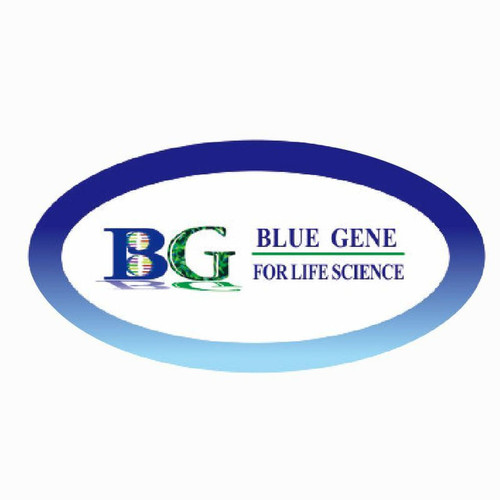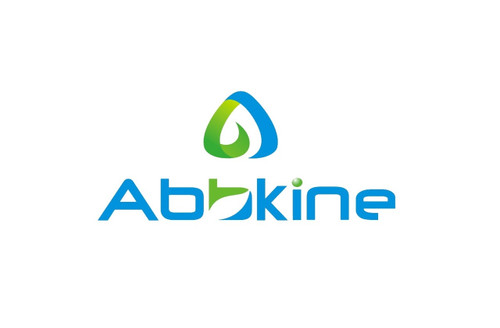Product Description
Human Ras-related protein Rab-10 (RAB10) ELISA Kit | AE24824HU | Abebio
Species Reactivity: Human (Homo sapiens)
Abbreviation: RAB10
Alternative Name: GTP-binding protein RAB10|ras-related GTP-binding protein|ras-related GTP-binding protein RAB10
Application: ELISA
Range: 39-2500 pg/mL
Sensitivity: 9.77 pg/mL
Intra-Assay: ≤6.1%
Inter-Assay: ≤11.3%
Recovery: 1
Sample Type: Serum, Plasma, Other biological fluids
Detection Method: Sandwich
Analysis Method : Quantitive
Test Principale: This assay employs a two-site sandwich ELISA to quantitate RAB10 in samples. An antibody specific for RAB10 has been pre-coated onto a microplate. Standards and samples are pipetted into the wells and anyRAB10 present is bound by the immobilized antibody. After removing any unbound substances, a biotin-conjugated antibody specific for RAB10 is added to the wells. After washing, Streptavidin conjugated Horseradish Peroxidase (HRP) is added to the wells. Following a wash to remove any unbound avidin-enzyme reagent, a substrate solution is added to the wells and color develops in proportion to the amount of RAB10 bound in the initial step. The color development is stopped and the intensity of the color is measured.
Product Overview: RAB10 belongs to the RAS superfamily of small GTPases. RAB proteins localize to exocytic and endocytic compartments and regulate intracellular vesicle trafficking. The deduced 49-amino acid sequence includes the first 2 GTP-binding regions and effector domain residues that are conserved in RAB proteins. The deduced 200-amino acid RAB10 protein contains 4 highly conserved GTPase motifs and a C-terminal geranylgeranylation motif. Northern blot analysis detected a major transcript of about 4 kb and a smaller minor transcript. Highest expression was detected in heart and skeletal muscle, followed by brain, placenta, lung, liver, kidney, pancreas, testis, and spleen. Low expression was detected in ovary, prostate, and colon, and little to no expression was detected in thymus, small intestine, and leukocytes.
Stability: The stability of ELISA kit is determined by the loss rate of activity. The loss rate of this kit is less than 5% within the expiration date under appropriate storage condition. The loss rate was determined by accelerated thermal degradation test. Keep the kit at 37°C for 4 and 7 days, and compare O.D.values of the kit kept at 37°C with that of at recommended temperature. (referring from China Biological Products Standard, which was calculated by the Arrhenius equation. For ELISA kit, 4 days storage at 37°C can be considered as 6 months at 2 - 8°C, which means 7 days at 37°C equaling 12 months at 2 - 8°C) .
 Euro
Euro
 USD
USD
 British Pound
British Pound
 NULL
NULL








